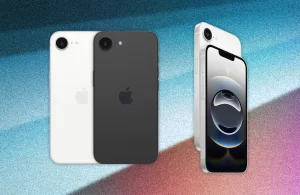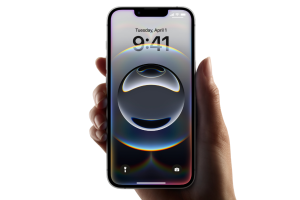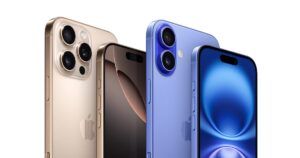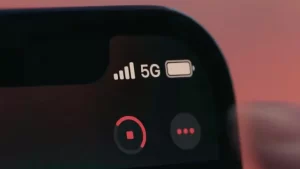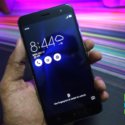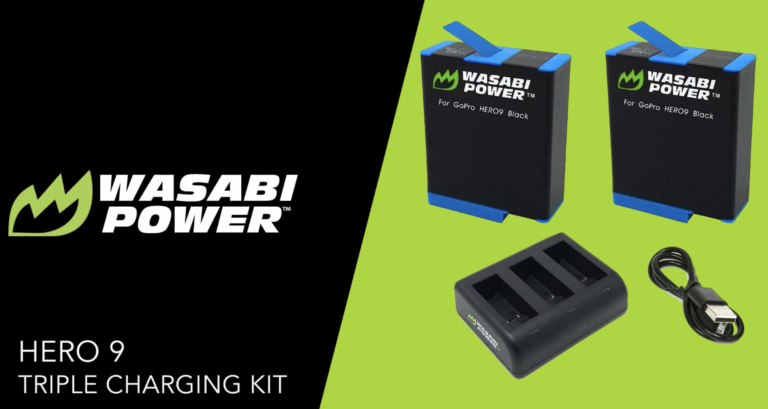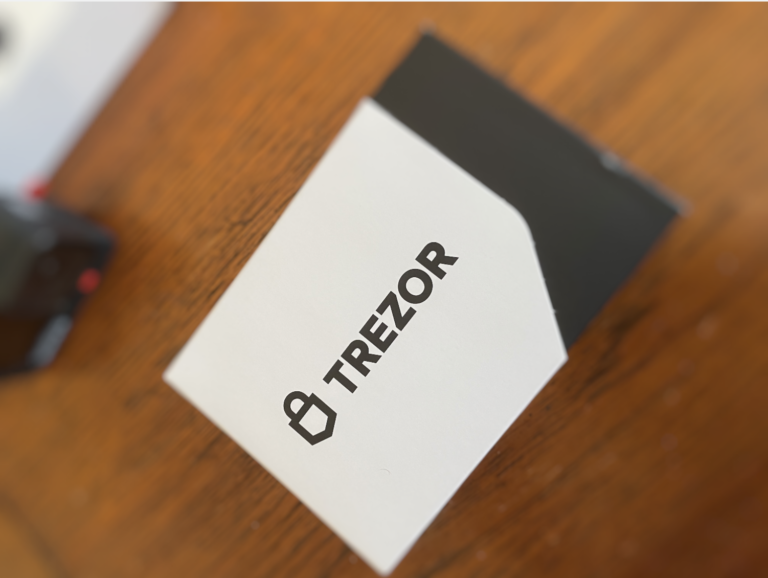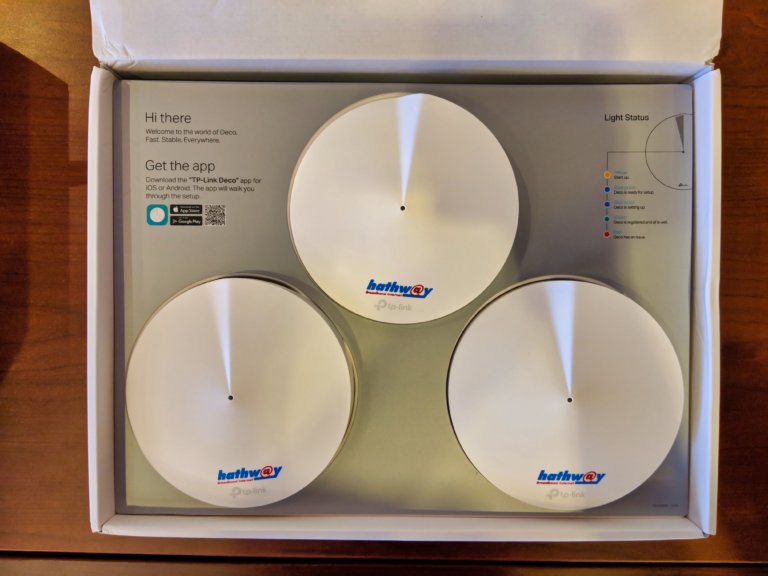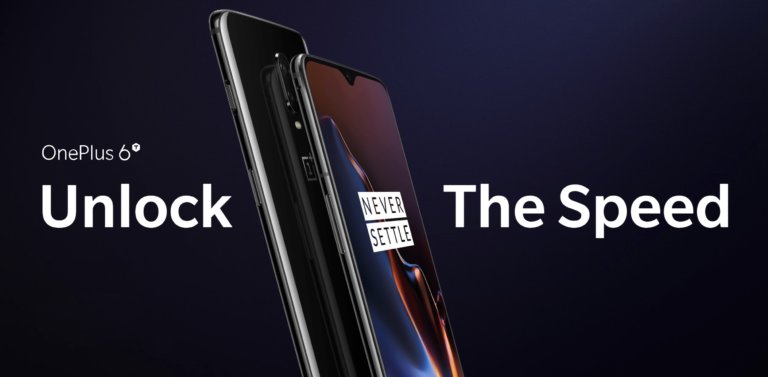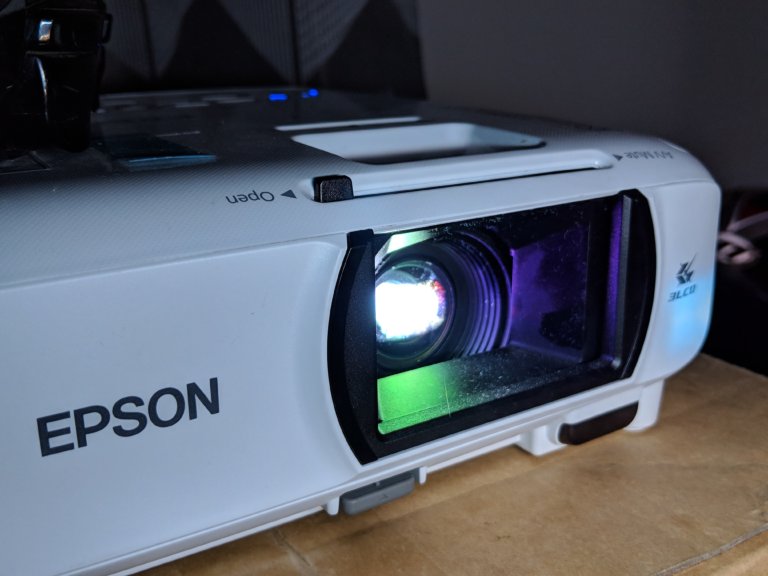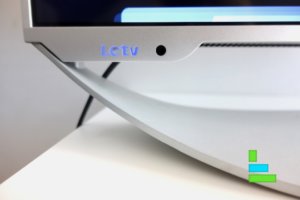Asus has been doing some amazing stuff with their entry level devices. The previous two Zenfones were good, but they were nothing extraordinary. But the third time is different. The Zenfone 3 is very different, and for the first time, the Zenfone’s best feature is its design.
For the internals, the Zenfone 3 runs on a 64 Bit Qualcomm Octa-Core Snapdragon 625 at 2.0GHz. Apart from that, it has a 4GB DDR3 RAM and 64GB eMPC ROM.
On the left, the Zenfone 3 has the SIM Tray which can be removed using a SIM Eject Tool. It has a Hybrid SIM Tray. You can either choose to have a Micro SIM and a Nano SIM at the same time or a Nano SIM and a Micro-SD Card of up to 128GB.
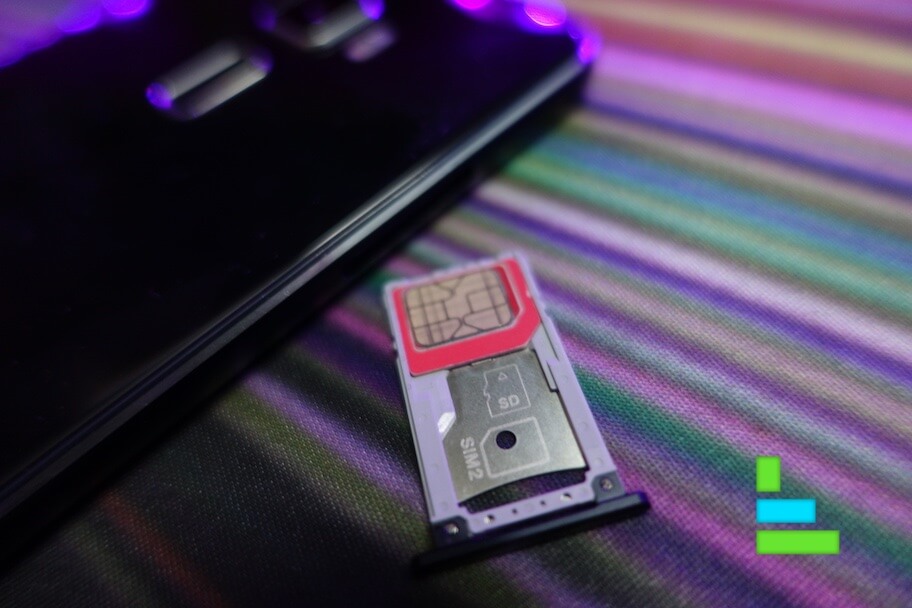
On the top, it has a 3.5mm jack for which a decent pair of headphones is included in the box. On the right, there’s the volume rocker and the power button. The buttons have a fantastic silver accent, and they pop out!
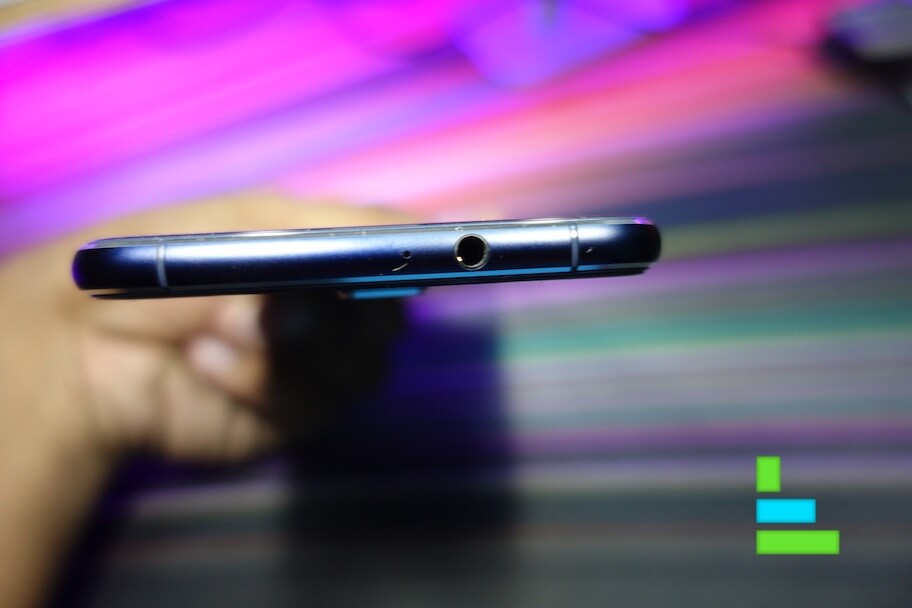
On the bottom, there’s the microphone to the left and the speaker grill to the right. Between them is the USB-C port used for charging. On the battery side, the Zenfone 3 has a 3,000mAh non-removable battery, and it supports fast charging which is included in the box. The phone goes from 0-35 in less than 20 minutes and goes to 100 in under 90 minutes.
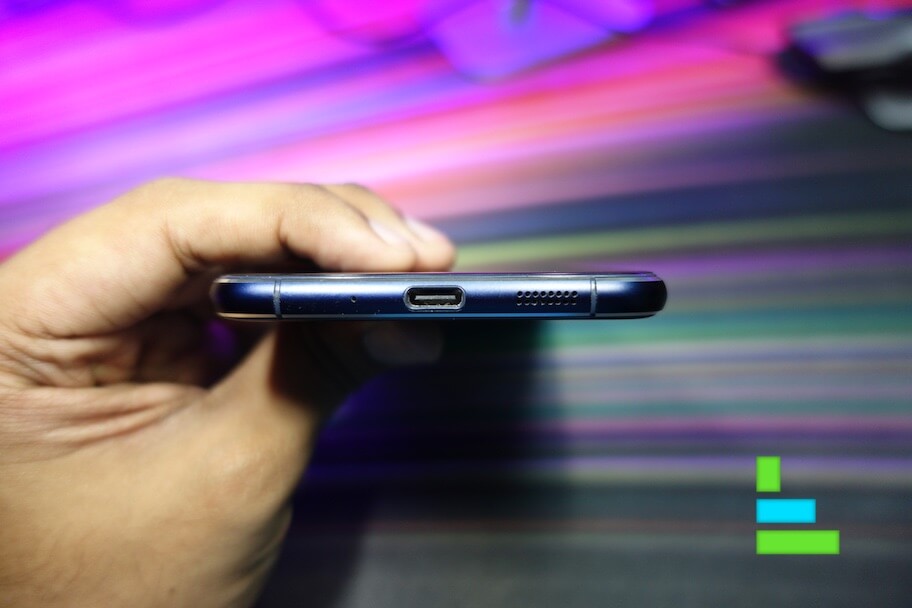
The Zenfone 3 is made of Gorilla Glass both on the front and the back. This is what makes the design of Zenfone 3 unique at the time where every manufacturer wants to make a metal backed phone. The phone feels fantastic to use and hold because of this design.
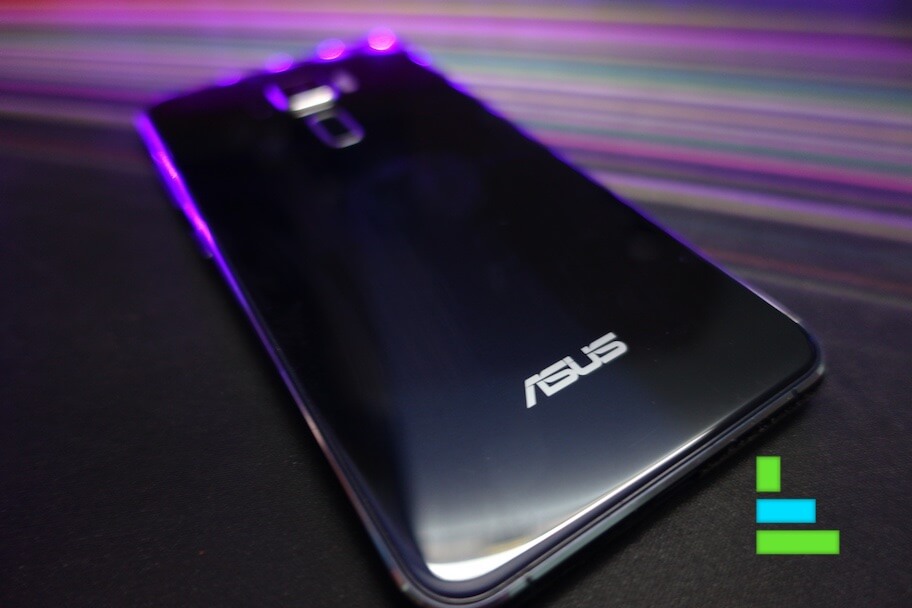
On the back, there’s the camera with a slight bump to it. Not something noticeable, but it is there. To the right of the camera is a Triple-LED Flash and to the left is the laser focus. Right below the camera bump is the vertical fingerprint sensor. The fingerprint sensor works almost every single time without any issues. Way below that is the ASUS branding in silver.
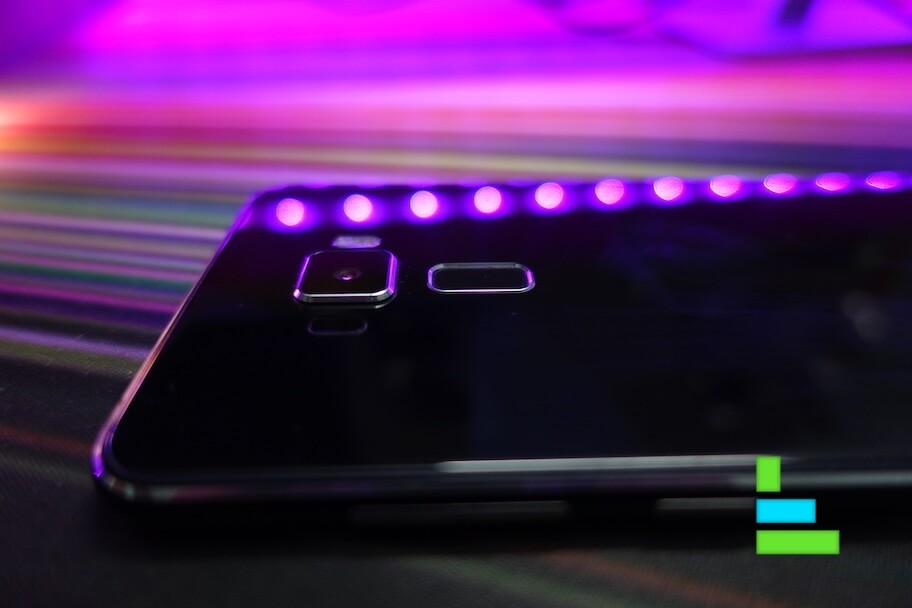
On the front, there’s a 2.5D Gorilla Glass. The Zenfone 3 has a 1080p IPS Display which has a maximum brightness of 600 nits. Above the screen is the speaker grill and right next to it is the secondary camera. Below the screen is the capacitive buttons, and there are three of them: Multitasking, Home and Back.
The Zenfone 3 has a 16MP f/2.0 Primary camera and 8MP f/2.0 Secondary. They are decent outdoors with natural lighting and indoors with artificial light. In low light conditions, they are acceptable with some amount of grains. The primary camera has OIS, but it is only for still shots. Also, it shoots 4K Videos.
Check out come of the shots we took with the Zenfone 3:
On the software side, the Zenfone 3 runs on Android 6.0.1 with Asus’s flavour ZenUI 3.0. I’m still not a huge fan of moving away from Stock UI, but ZenUI has gotten better over the years. It is fast and has less bloatware now.
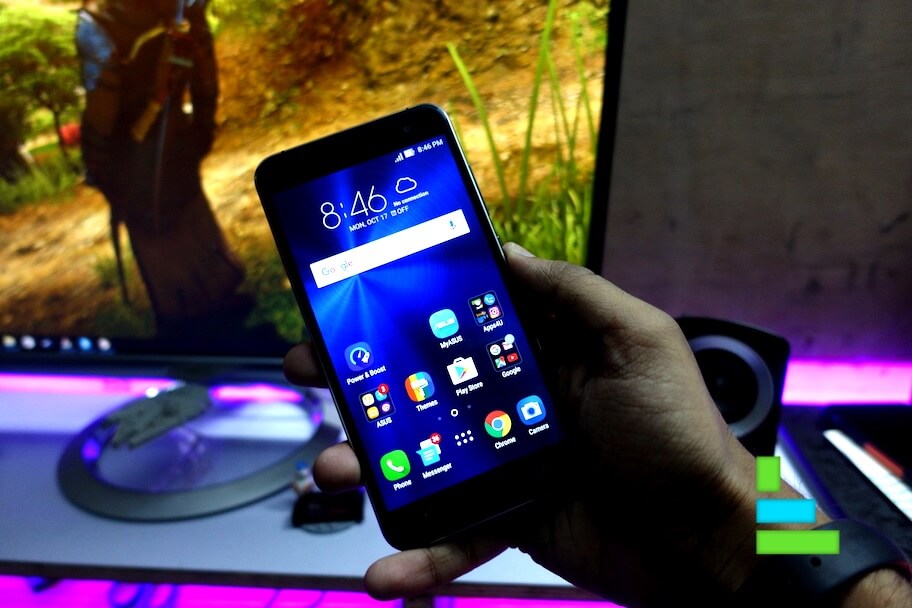
The Zenfone 3 is priced at Rs. 28,000 and comes in three different colours: Sapphire Black, Moonlight White and Shimmer Gold. Personally, the one we have, the Sapphire Black looks amazing.
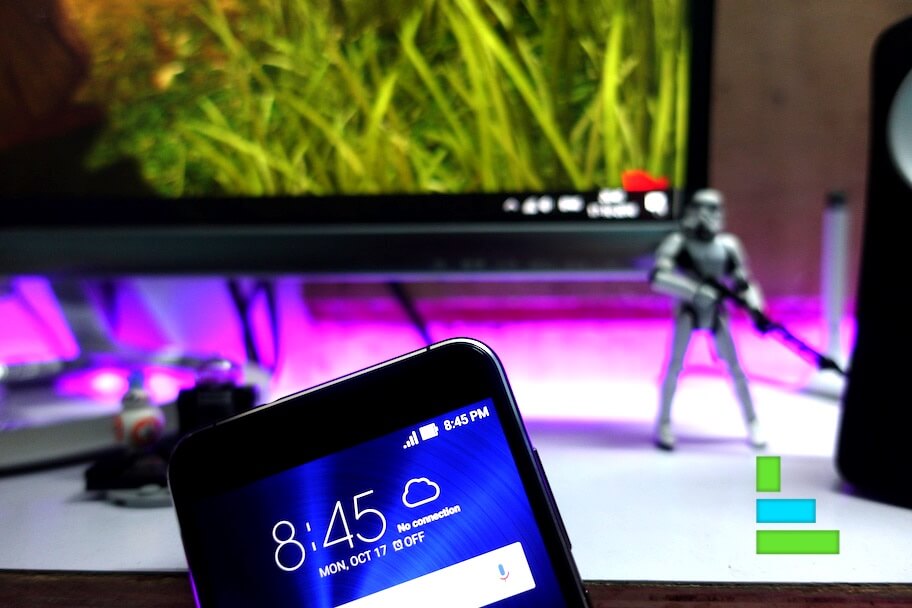
ZenFone 3 is a well-designed phone. But it falls short while comparing it with similarly priced phones in this category concerning performance. The OnePlus 3 has a better processor and more RAM. But in every day real life usage, it makes very little difference. If you’re looking for a phone which looks like a jewel, the Zenfone 3 is the one to get.

